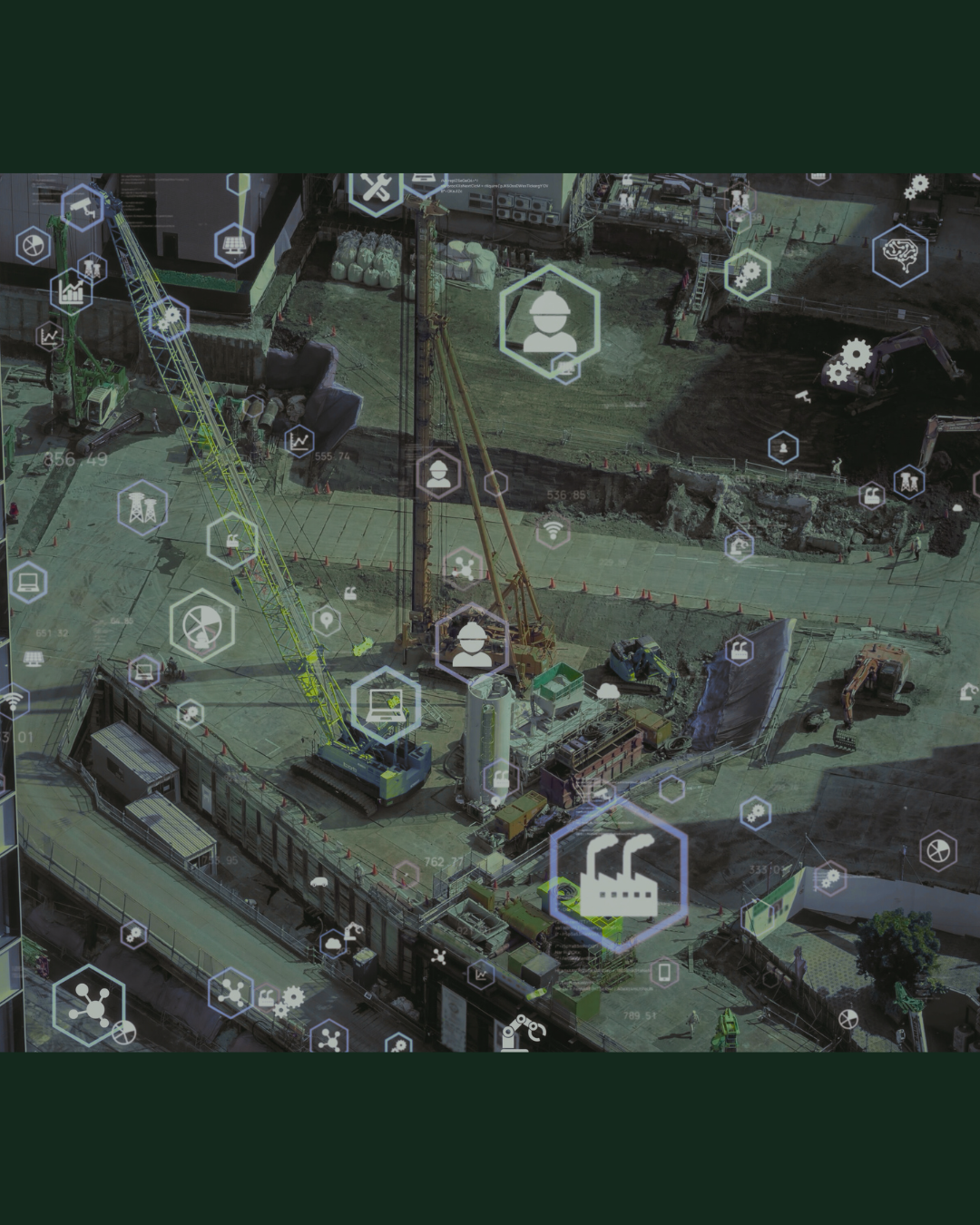AI in Construction Accounting: 3 Real Use Cases Builders Should Know
AI in construction accounting isn’t hype, it’s how smart builders protect profit without adding more headcount. Real-time job costing, predictive alerts, and smarter workflows are already here. The only question is: are you using them?



Contents
AI is everywhere right now- in headlines, boardrooms, even the jobsite. But for most builders, it still feels like a buzzword. Can AI really help you run your construction business? Or is it just another shiny tool you don’t have time for?
Here’s the truth: when applied correctly, AI in construction accounting isn’t about replacing people. It’s about removing the chaos, busywork, and margin-killing delays that eat away at your bottom line.
Let’s break down 3 real, practical ways builders are using AI right now to run more profitable operations without adding more overhead.
1. Automated Job Costing (That Doesn’t Rely on Field Memory)
Traditionally, job costing is tedious. Builders rely on field teams to:
- Track receipts (often weeks late)
- Code every expense correctly
- Manually update spreadsheets or PM tools
The result? Incomplete data, missed costs, and margin erosion you don’t catch until the job is done.
How AI helps:
AI can automatically categorize costs (bills, receipts, labor entries) based on historical data, vendors, and project context. That means:
- No more waiting on someone to guess the right cost code
- Fewer errors and cleaner budgets
- Real-time actuals tied to your live job progress
This turns job costing from a reactive cleanup task into a proactive profit-control tool.
2. Predictive Margin Monitoring
Most builders find out about margin slippage after the job is done when it’s too late to fix it.
How AI helps:
AI can flag slippage as it’s happening by comparing your real-time costs to your historical project benchmarks. Think of it like an early warning system:
- “This framing budget is burning 20% faster than normal”
- “Electrical costs are 18% above plan. Check for unapproved extras”
- “You're tracking below draw schedule. Cash flow may tighten”
It doesn’t just tell you what’s happening. It tells you what needs attention now.
3. Smarter Approvals and Workflow Routing
Approvals are a necessary control, but they often become bottlenecks. Builders chase down signatures, forget who’s next, or pay late because someone’s on vacation.
How AI helps:
AI can route bills and approvals based on:
- Vendor type
- Job size or risk profile
- Historical behavior (e.g., who always approves electrical quickly)
It can also flag anomalies:
- “This vendor is billing above normal for this phase”
- “This job is exceeding its PO without a change order on file”
That means faster approvals, fewer mistakes, and tighter controls with less babysitting.
Why This Matters Now
Construction is one of the most complex industries to manage financially. Labor, material volatility, sub relationships, change orders… it all moves fast. AI helps accounting keep up with the field, instead of constantly playing catch-up.
It’s not about replacing people, it’s about empowering them:
- Bookkeepers can review, not re-enter
- PMs can focus on builds, not bills
- Owners get clarity, not chaos
And for builders using Adaptive, these tools aren’t hypothetical. They’re already built in, working in the background to automate job costing, monitor budgets, and streamline approvals


Ready for crystal clear financials without the headache?
Let us show you how Adaptive's AI-powered construction financial management software works in a brief 30 minute demo with someone from our team.







